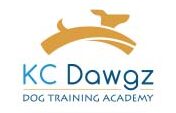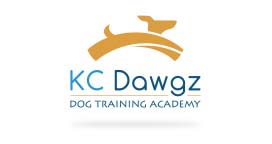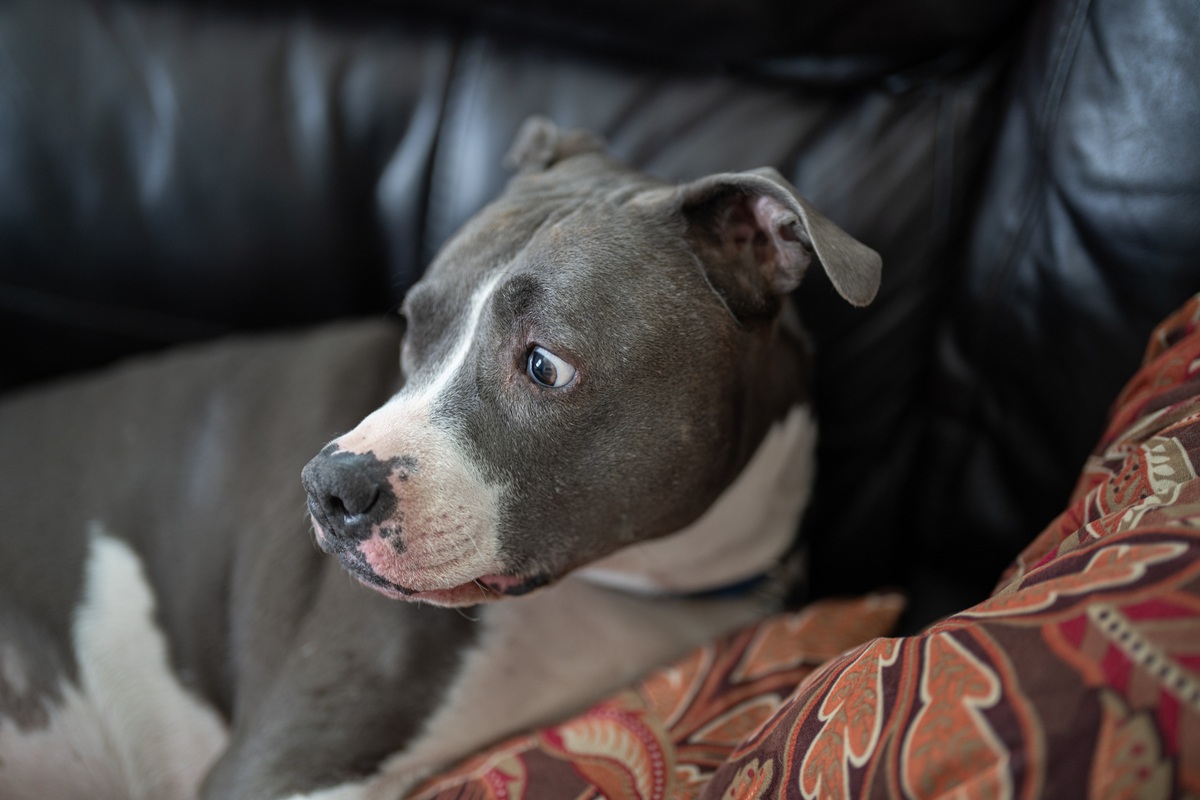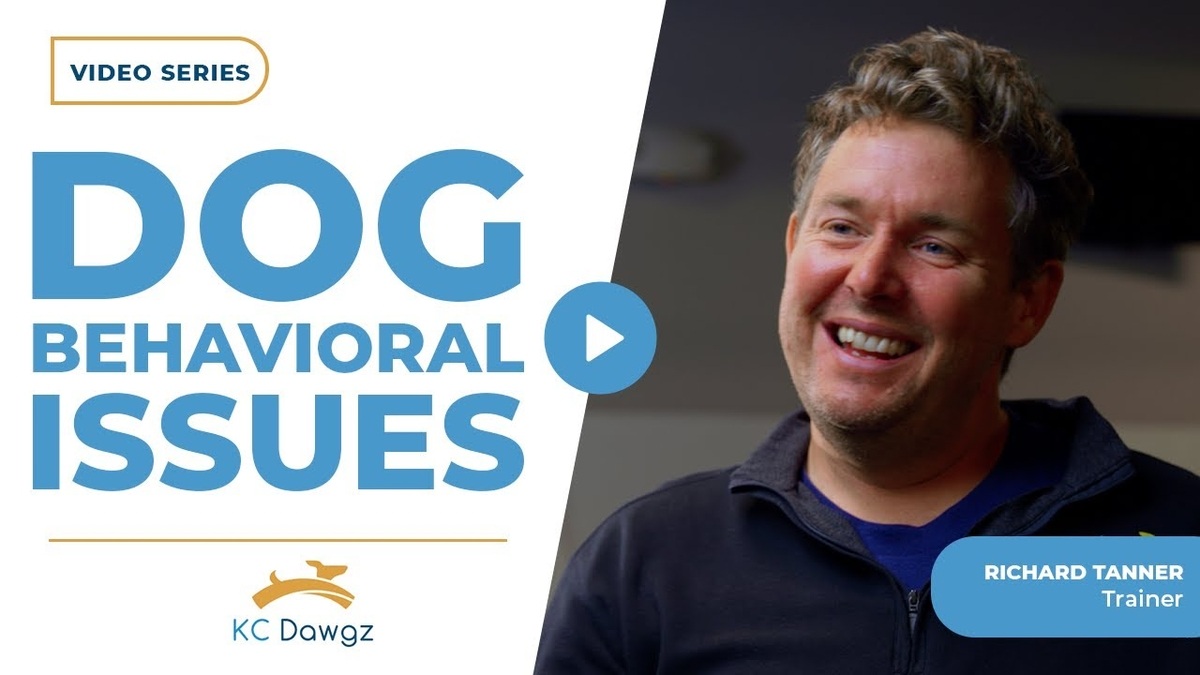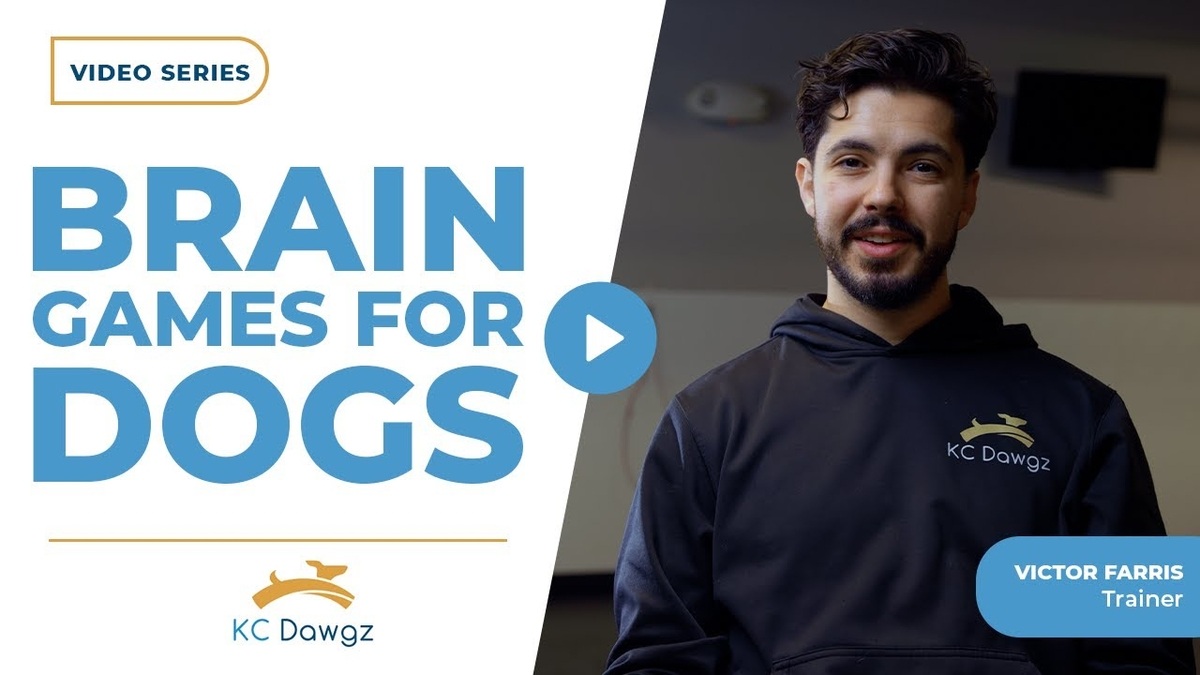Anxious dog training focuses on reducing fear and building trust. Dogs with anxiety often react to loud noises, unfamiliar people, or being left alone. These triggers can cause them to hide, bark, or panic.
At KC Dawgz, we help anxious dogs feel safe through clear routines and calm engagement. With the right steps, many dogs learn to manage stress and respond with confidence. This guide explains the training process we follow and how it helps.
What Causes Dog Anxiety?
Anxiety can come from many sources. Some dogs are born with sensitive temperaments. Others develop fear after a bad experience or poor socialization.
Here are some common triggers:
- Loud noises (thunder, fireworks)
- Being left alone
- New people or pets
- Travel or car rides
- Confusing routines or lack of structure
Understanding what sets your dog off is the first step toward helping them feel safe.
Can You Train Anxiety Out of a Dog?
You may not be able to erase anxiety entirely, but you can manage it. Many dogs improve with time, structure, and the right training tools.
We’ve helped dogs go from hiding under the bed to calmly greeting new people. With steady routines, trust-building, and proper reinforcement, progress is possible.
Step-by-Step Anxious Dog Training Plan
Step 1: Create a Safe and Predictable Environment
Before any training starts, your dog needs to feel safe. Set up a quiet space where they can retreat when overwhelmed. This could be a crate, a room, or a corner with their bed.
Keep a daily routine. Dogs feel more secure when they know what’s coming next, same walk time, same feeding schedule, same bedtime.
Step 2: Build Trust With Calm Engagement
Don’t rush contact. Let your dog come to you. Use a calm voice. Avoid sudden movements. Sit at their level and reward small signs of trust, like approaching or eye contact.
It’s not about control; it’s about connection.
Step 3: Desensitization and Counterconditioning
Now we slowly introduce what makes your dog nervous. The key is to start at a level that does not trigger panic. For example, if your dog fears strangers, start by having someone stand far away. Reward calm behavior with treats or praise.
Over time, we reduce the distance or increase the intensity, always watching how the dog responds.
This step is at the heart of anxious dog training. It helps your dog learn that their triggers are not threats.
Step 4: Reinforce Calm Behaviors
Reward calm actions like sitting, lying down, or checking in with you. Ignore jumping, barking, or other stress responses unless they’re dangerous.
Use clear, simple commands. Practice short sessions and always end on a good note. These moments build your dog’s confidence.
Step 5: Add Confidence-Building Games
Dogs need wins. Teach fun skills like touch, find it, or walk over low obstacles. These games help anxious dogs feel more in control of their body and space.
Short sessions with easy rewards go a long way toward shaping better behavior.
How Long Does It Take to Train an Anxious Dog?
Every dog is different. Some dogs respond in a few weeks, others take months. It depends on the dog’s age, history, and how consistent the training is at home.
We always tell owners: progress is not always a straight line, but if you stay patient, results follow.
Tools That Help Anxious Dogs
- White noise to block sounds
- Puzzle feeders to reduce boredom
- Calming wraps like ThunderShirts
- Leash training gear for reactive dogs
No tool works alone; it has to be part of the full plan.
When to Call a Professional Trainer
If your dog shuts down, snaps, or refuses to eat during stress, it may be time for expert help. At KC Dawgz, we create training plans for anxiety and fear. We use proven, science-based methods that work with, not against, your dog’s instincts.
Common Questions About Anxious Dog Training
What are calming signals in dogs?
These include yawning, turning away, lip licking, and slow blinking. We use these cues to read stress before it gets worse.
What sounds help calm a dog?
Soft classical music, white noise, or heartbeat tracks work well. Avoid loud TV or chaotic sounds.
Can food or exercise help with anxiety?
Yes. A better diet and regular walks can reduce nervous energy. Dogs need both physical and mental outlets to stay balanced.
Will my dog grow out of anxiety?
Some dogs mellow with age, but not all. Training is still important to prevent habits from getting worse.
Respect Your Dog’s Limits
Don’t push them too far, too fast. If your dog freezes, shakes, or growls: stop. Go back to what they can handle and reward calm behavior.
Training works best when we move at the dog’s pace.
Final Tips for Success
- Be patient.
- Keep sessions short.
- Don’t punish fearful behavior.
- Stay consistent.
- Ask for help if needed.
Ready to Help Your Dog Feel Better?
At KC Dawgz, we’re here to support anxious dogs and their owners every step of the way. We don’t just train, we teach trust. If your dog is struggling, let’s talk about how we can help.
Contact us today to get started.
